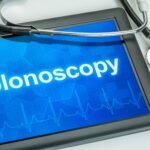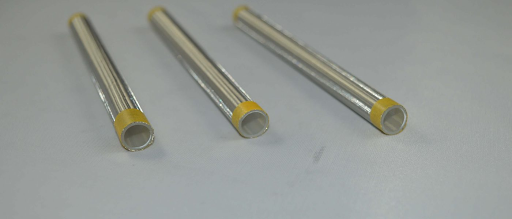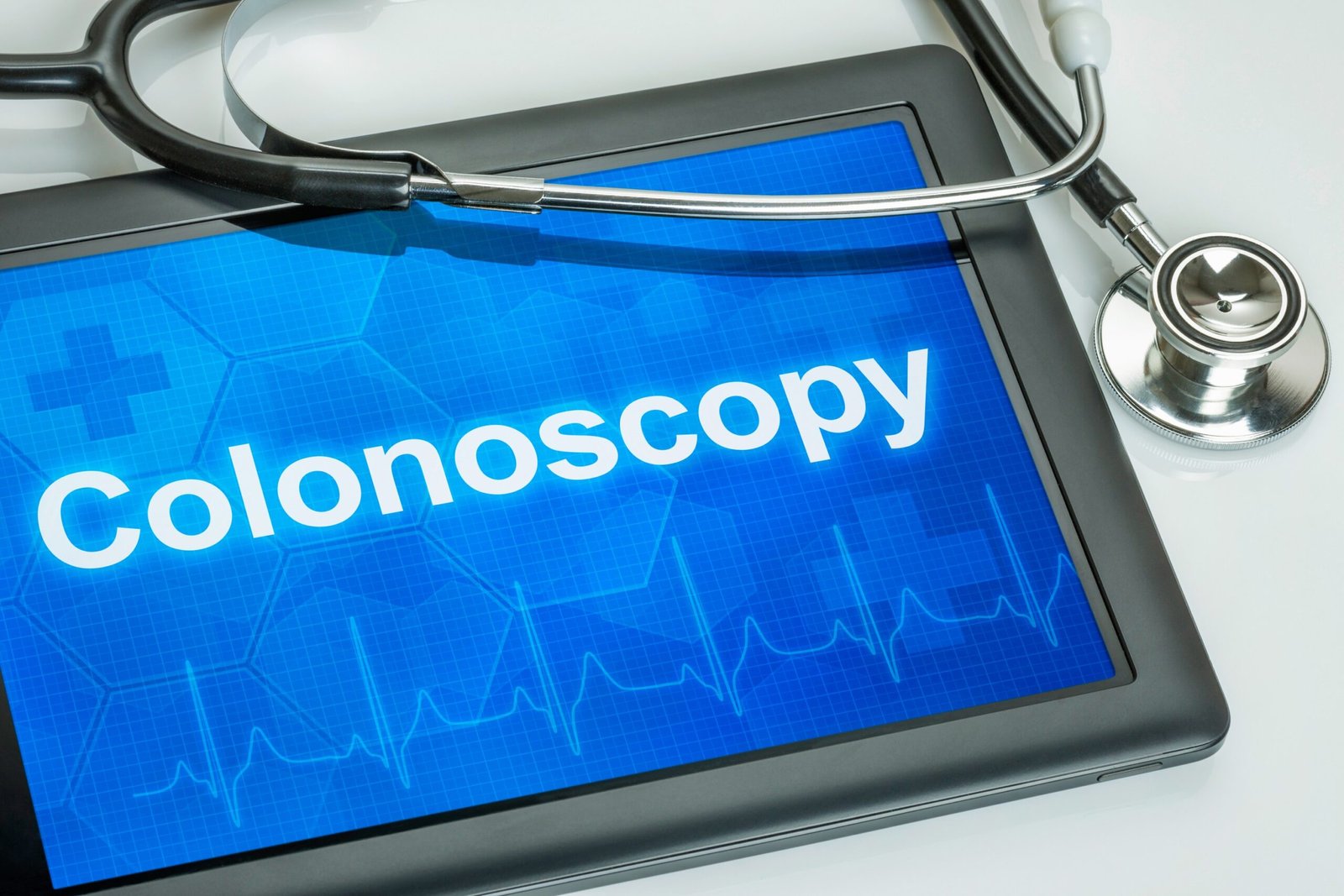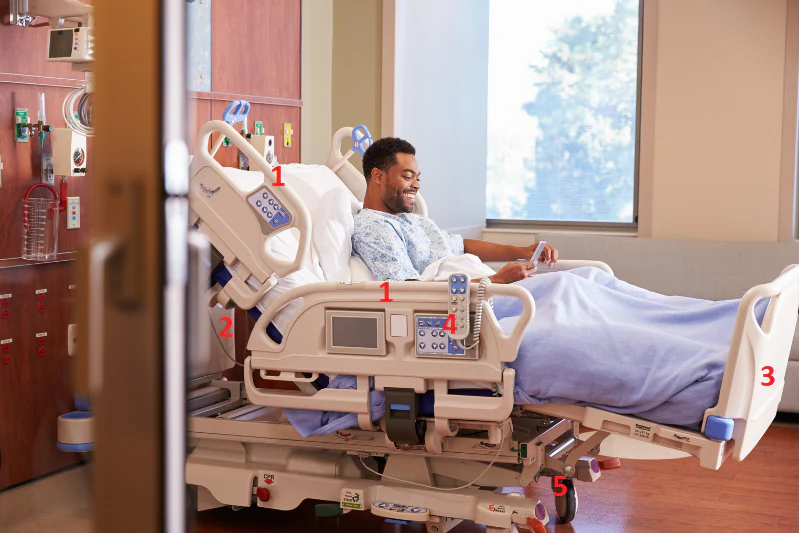Endoscopy is a valuable diagnostic and therapeutic tool used in a variety of medical procedures. It allows healthcare professionals to examine the interior of a patient’s body using a flexible tube with a camera, providing crucial information about a variety of health conditions. While endoscopies offer numerous benefits, proper care and precautions before and after the procedure are essential to ensure patient safety and optimal outcomes. This article outlines the critical pre- and post-endoscopy precautions that can help improve patient care.
What Is Endoscopy?
Endoscopy is a procedure that uses an endoscope—a flexible tube equipped with a light and a camera—to look inside the body. It is commonly used to examine the digestive tract, respiratory system, and other internal organs. Endoscopies are typically minimally invasive, reducing recovery time and the risk of complications.
However, despite their minimal invasiveness, endoscopies still require careful preparation and follow-up care to ensure the best results. Both the patient and healthcare provider must follow specific guidelines to ensure the procedure runs smoothly and safely.
Pre-Endoscopy Precautions
1. Pre-Procedure Evaluation
Before performing an endoscopy, healthcare providers conduct a thorough evaluation of the patient’s medical history. This includes assessing any allergies, medications, or pre-existing conditions such as heart disease, diabetes, or bleeding disorders. Identifying these conditions helps to determine any necessary precautions or modifications to the procedure.
2. Fasting Instructions
Most endoscopy procedures, especially those involving the gastrointestinal tract, require the patient to fast for a period before the procedure. This ensures the stomach and intestines are empty, allowing for a clear view during the procedure. The fasting period generally lasts anywhere from 6 to 12 hours, depending on the type of endoscopy.
3. Discontinuing Certain Medicines
Certain medications, such as blood thinners, may need to be paused before an endoscopy to reduce the risk of bleeding. Patients should always consult their healthcare provider regarding the discontinuation of any medications before the procedure.
4. Pre-Procedure Instructions for Sedation
Endoscopies often require sedation to ensure patient comfort. Patients may need specific instructions about when to stop eating and drinking, as well as how to arrange transportation home after the procedure. Because sedation can impair judgment, patients should avoid driving or operating heavy machinery for at least 24 hours after the procedure.
5. Environmental Considerations
Preparing the endoscopy room is crucial for both patient comfort and safety. A ceiling fan in the procedure room can help maintain proper ventilation and ensure a comfortable environment for the patient during the examination. The ambient temperature should also be controlled to avoid any discomfort or overheating during the procedure.
Post-Endoscopy Precautions
1. Monitoring and Recovery
After an endoscopy, patients are typically monitored in a recovery area until the effects of sedation wear off. This monitoring helps ensure that any adverse reactions, such as difficulty breathing or excessive bleeding, are promptly addressed. In some cases, patients may experience bloating or mild discomfort after the procedure, which is generally temporary.
2. Dietary Restrictions
Post-endoscopy dietary restrictions vary depending on the type of procedure performed. For instance, after a colonoscopy or upper gastrointestinal endoscopy, patients may be advised to stick to a light diet for the first 24 hours. It is essential to follow these recommendations to avoid complications such as nausea or vomiting.
3. Hydration
Rehydrating is important after an endoscopy, especially if a sedative was used. Drinking fluids helps flush out any residual sedatives from the body and aids in the recovery process.
4. Managing Discomfort
Some discomfort, such as a sore throat or mild cramping, is common after an endoscopy. If necessary, patients may be prescribed pain relief medication or given over-the-counter remedies to manage discomfort. However, any severe pain or unusual symptoms should be reported to a healthcare provider immediately.
5. Rest and Recuperation
While most patients can return to their normal activities after a short period of rest, it’s essential to give the body time to recover. This includes avoiding strenuous activity for at least 24 hours, especially if sedation was used.
When to Seek Medical Attention
While most patients recover from an endoscopy without complications, some individuals may experience issues that require medical attention. These include:
- Severe abdominal pain or cramping
- Difficulty swallowing or breathing
- Persistent bleeding or blood in stool
- Fever or chills
If any of these symptoms occur, patients should contact their healthcare provider or seek emergency medical care.
Conclusion
Endoscopy is a crucial procedure that offers significant benefits in diagnosing and treating various medical conditions. However, proper precautions before and after the procedure are essential to ensure patient safety and the best possible outcome. By following pre-procedure instructions, such as fasting, medication adjustments, and environmental considerations like proper ventilation, patients can help ensure a smooth procedure. After the procedure, it’s important to follow post-endoscopy care instructions, including managing discomfort, rehydrating, and allowing time for recovery.
By paying attention to these precautions, healthcare providers can offer better care, minimize the risk of complications, and promote faster recovery. Whether you’re preparing for an endoscopy or supporting a patient through the process, understanding these essential precautions can make all the difference.











